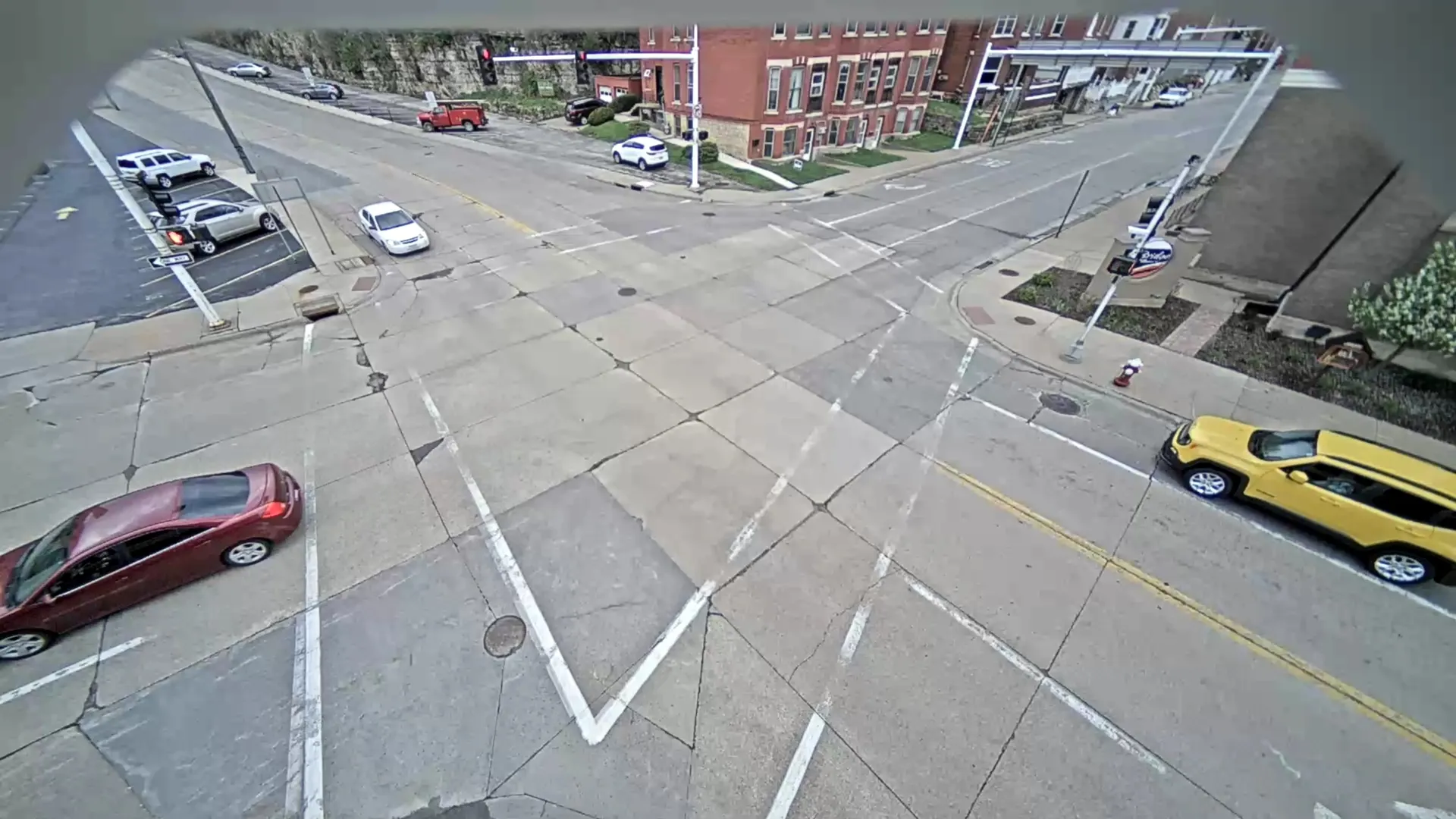Geko is a new state of the art LED illuminator line, designed and produced by Videotec to provide excellent lighting for standard definition and megapixel cameras. The devices can provide clear night vision up to 140 metres in an indoor or outdoor environment.
March 20, 2012
Read time: 1 min
Geko is a new state of the art LED illuminator line, designed and produced by 1950 Videotec to provide excellent lighting for standard definition and megapixel cameras. The devices can provide clear night vision up to 140 metres in an indoor or outdoor environment. The range includes models with 850nm and 940nm wavelength with angles of 10°, 30° or 60°.
According to Videotec, the Geko illuminators are eight times more efficient than traditional lighting, using only 12% of the electrical power.
According to Videotec, the Geko illuminators are eight times more efficient than traditional lighting, using only 12% of the electrical power.








